Plutus DAO was first known as a governance layer for the Dopex onchain options platform. Now however, it has quickly grown into a staple yield protocol for many Arbitrum users and protocols alike. Plutus offers higher rewards on all types of different assets compared to what could be earned by users independently.
What is PlutusDAO?
Plutus is an Arbitrum-native governance aggregator aiming to maximize users liquidity and rewards while simultaneously aggregating governance behind the PLS token. Plutus’ objective is to become the de-facto Layer 2 governance blackhole for projects with veTokens.
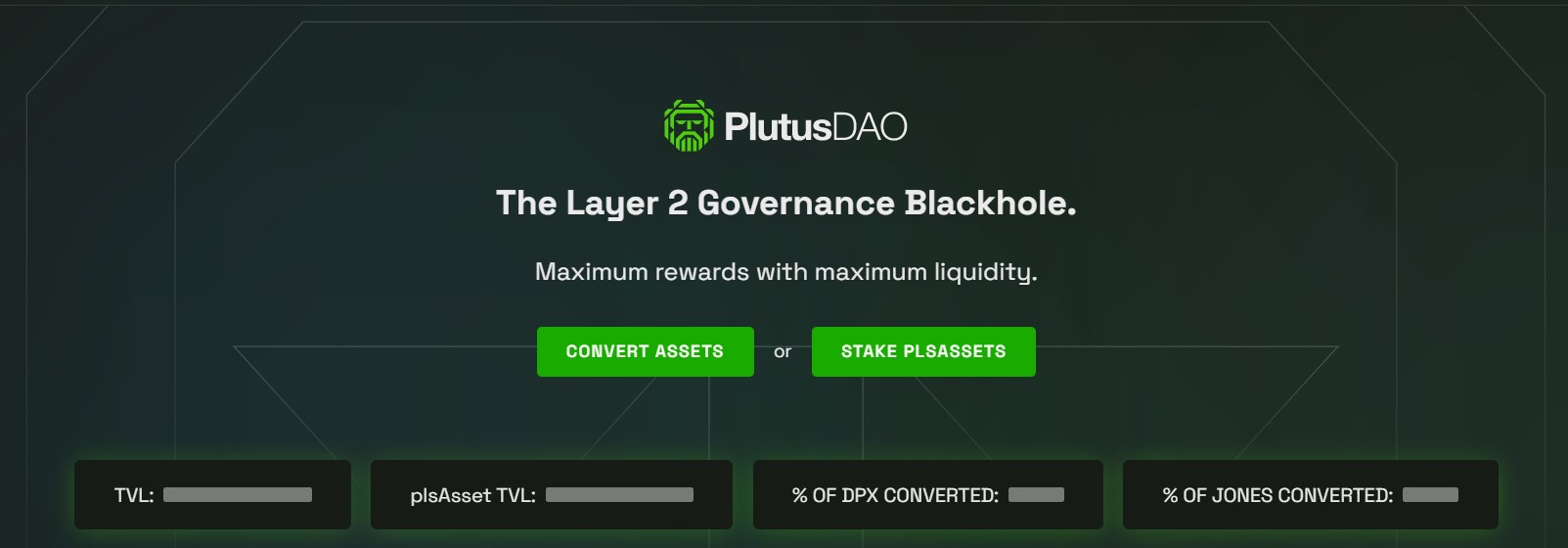
Up to now, PlutusDAO has cooperated with many strategic partners for important projects on the Arbitrum ecosystem such as GMX (Perpetual platform), Dopex, JonesDAO (2 projects in the Option array) and Sperax (Project for releasing new products). stablecoins of different countries.
The Problem
With how far the evolution of DeFi has come, it is clear that poorly designed incentive frameworks ultimately lead to the mercenary capital problem. This is what inspired the likes of the Curve Wars, Convex Finance, and bribes for veToken holders.
Simply put, Arbitrum suffered from the absence of a native Convex-like platform for its DeFi ecosystem. Arbinauts constantly yearn for somewhere that offers better yield on their governance tokens, while protocols look to take advantage of aggregate voting power controlled by a protocol like Convex.
Although Convex is undoubtedly efficient and successful in its intended design, it still has a fundamental limitation: it only controls Curve Finance. This makes Convex ideal for one protocol and its ecosystem, but not much beyond that as of right now.
The Goal
At launch, Plutus launched to meet an initial demand for a governance aggregator and yield optimizer based around the Dopex ecosystem. It has now gone a step further to meet the growing universal demand in the Arbitrum ecosystem for this type of protocol.
As an Arbitrum-native DeFi hub similar to Ethereum’s Convex, Plutus will serve as a way for regular individuals to earn more locked rewards on their governance tokens without technically having to lock them. At the same time, numerous protocols can benefit from having their own plsAsset or strategically tap into Plutus’s voting power controlled by $PLS lockers.
What Is The Difference Of PlutusDAO?
Simply understand with existing veToken project models, when users lock their tokens for 1 – 4 years, they will receive veToken. With veToken users can earn yield, earn protocol fees & gorvernance but that amount of tokens is locked and cannot be used.
But with Plutus, I will give an example with Dopex:
Everyone who locks DPX receives plsDPX (with the same value as veDPX like earn yield, earn protocol fees & gorvernance). The difference here is that plsDPX that can be exchanged for other tokens via AMM will not be locked out of liquidity if it locks DPX directly on its own platform. In addition, owning plsDPX helps you earn Plutus tokens.
How Does it Work? plsAssets
Users can convert governance tokens supported on Plutus into their corresponding “plsAssets”. These plsAssets are simply pegged derivatives that track the underlying governance tokens deposited to mint them, just like Convex’s $cvxCRV.
Plutus locks all underlying governance tokens as veTokens for the maximum possible lock duration. While plsAssets offer higher yield, they do not retain their voting rights. Instead, this voting power is distributed amongst $PLS lockers.
Although converting to plsAssets is irreversible, they are liquid and can be traded on any markets that have plsAsset liquidity pools. Users can choose to either convert 1:1 on Plutus or swap for the plsAsset directly on a DEX if there is a discount. As such, plsAsset pegs are maintained solely by the market buying below peg to capture a discount on the 1:1 veToken yield that Plutus offers on its plsAssets.
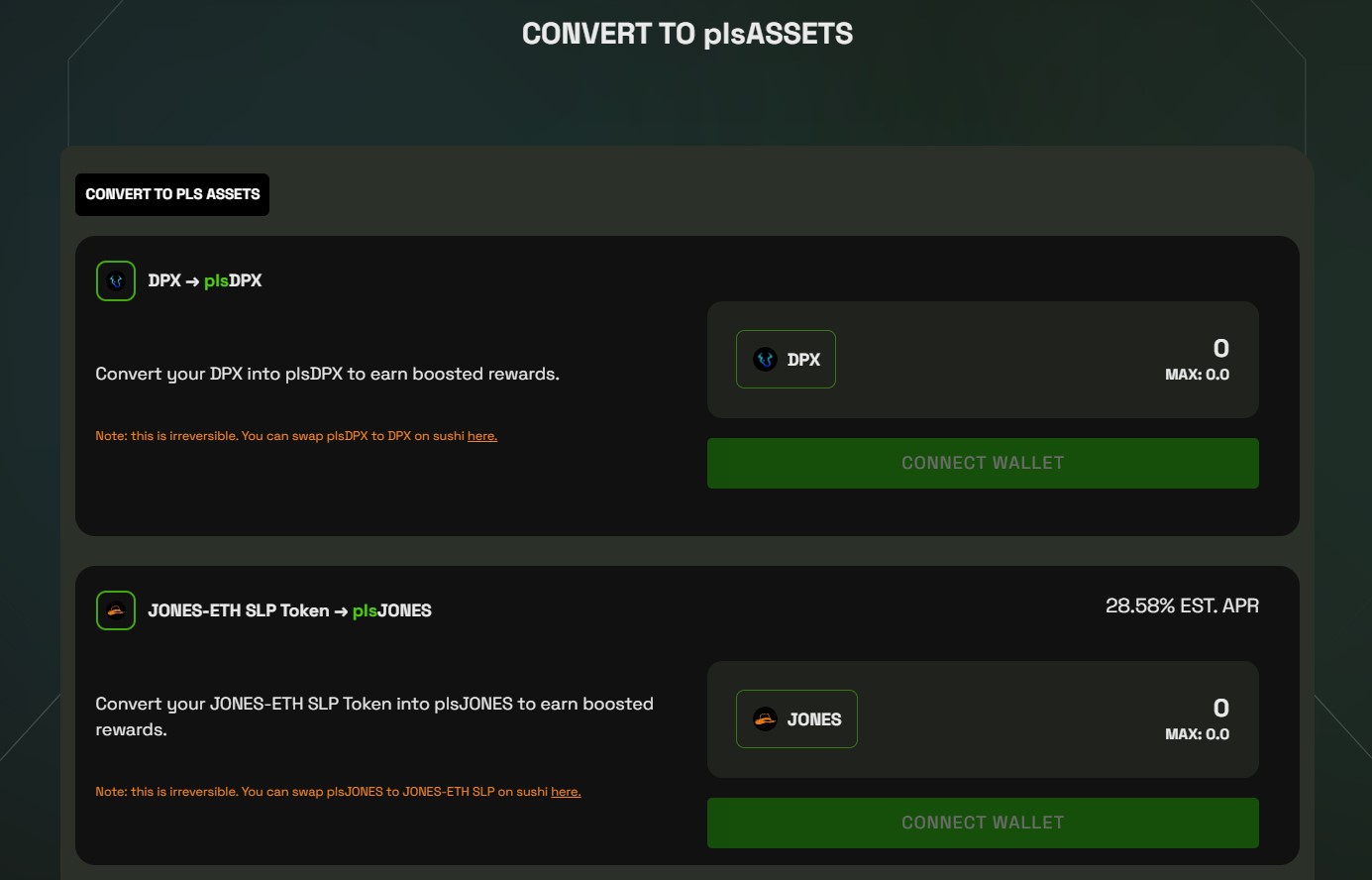
plsAssets must be staked in order to earn rewards. This yield comes from whatever max-lock rewards the underlying veToken offers and $PLS emissions (plus any extra strategies). plsAsset stakers incur fees on all yield earned with their locked governance tokens, and these fee vary by asset.
Assets that are currently supported are Dopex’s plsDPX, Jones DAO’s plsJONES, and Sperax’s plsSPA. Users can also earn rewards on $PLS/plsAsset LP tokens when staking them on Plutus.
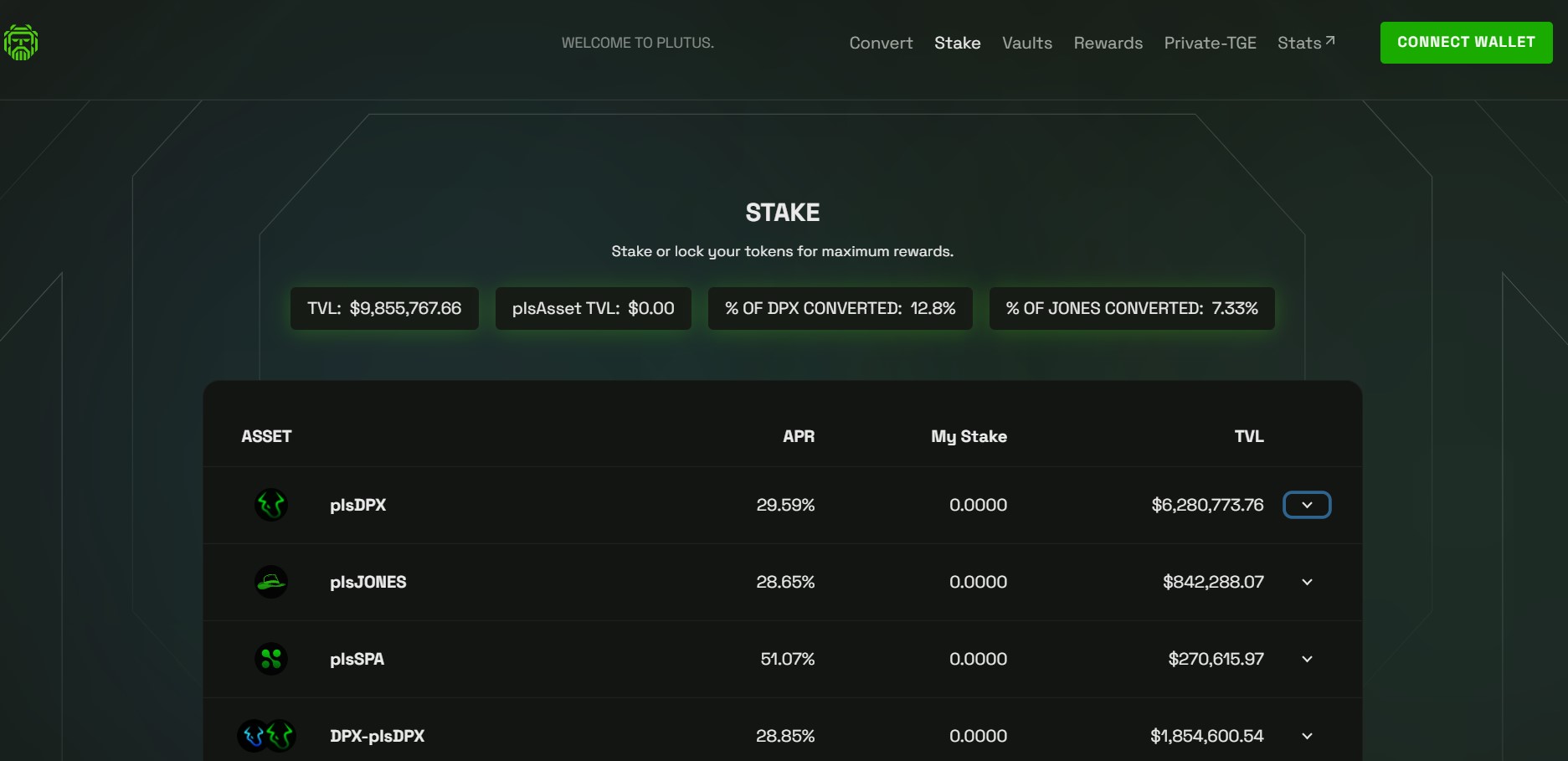
This protocol design creates a mutually beneficial system for plsAsset holders, $PLS lockers, partner protocols, and all of Arbitrum DeFi.
- plsAsset holders gain liquid, single-sided exposure to max-locked veToken rewards and $PLS emissions
- $PLS lockers gain exposure to an index of governance power and any subsequent bribes for voting with it
- Partner protocols gain more utility for their governance tokens, higher governance participation rates, and an increased number of max-locked governance tokens
- Non-partnered protocols can bribe $PLS lockers. In doing so, they can better direct incentives for deepening token liquidity or otherwise benefiting the protocol (boosted farming yield, incentivize liquidity without emissions, Curve Wars strategy, etc.)
How Does it Work? plvAssets and Treasury
Plutus Vaults are another branch of the protocol which dispense plvAssets to vault depositors. Plutus Vaults are a similarly yield-maximizing product for various DeFi assets, except plvAssets are always redeemable 1:1 and incorporate assets beyond governance tokens.
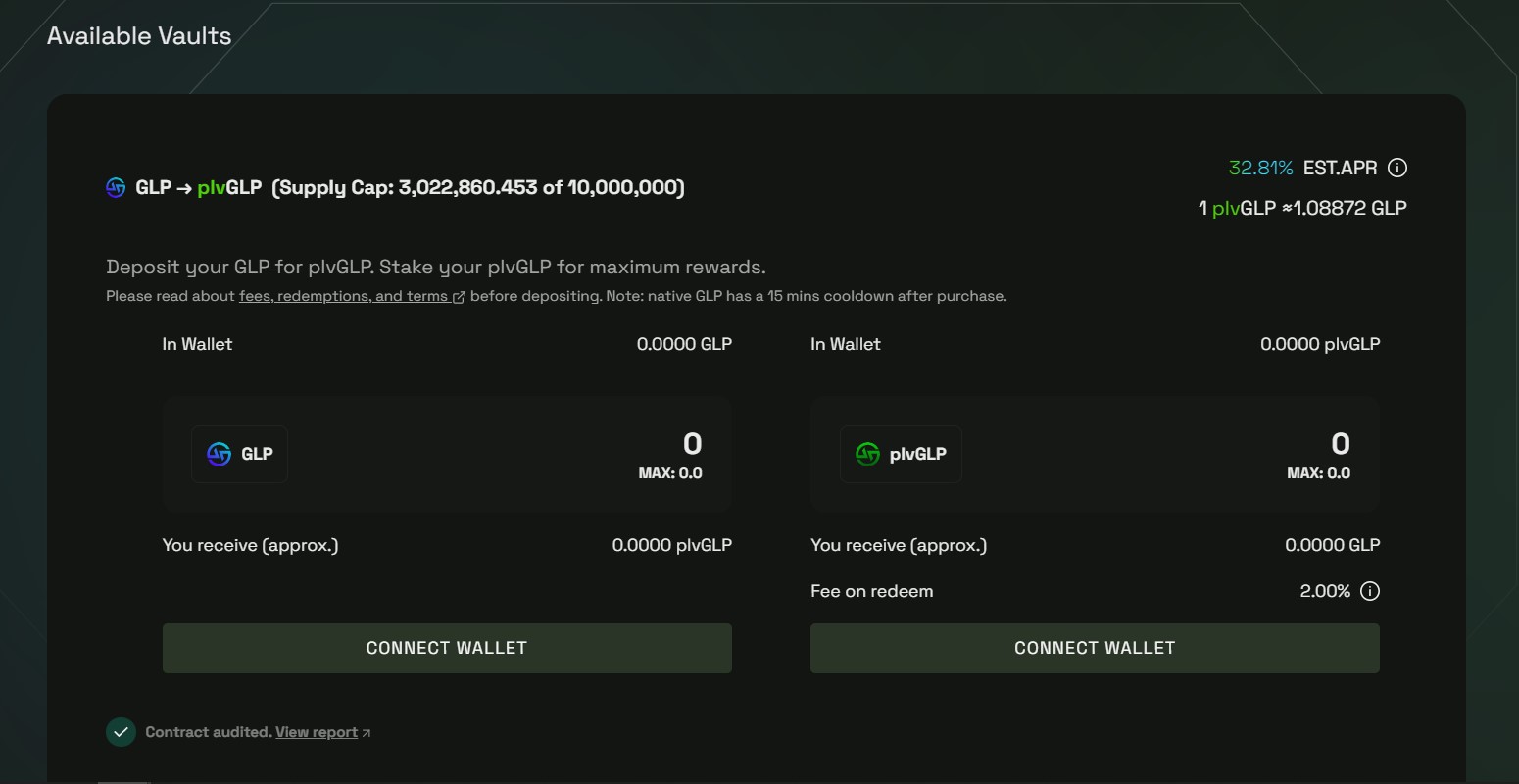
Currently Plutus only supports deposits of GMX’s liquidity provider token, $GLP. plvGLP earns $PLS emissions and appreciates as $ETH rewards get auto-compounded. plvGLP balances do not increase, but the amount of $GLP redeemable for 1 plvGLP is constantly increasing as it appreciates. Like plsAssets, plvAsset yield and redemptions incur protocol fees.
All fees are sent directly to the treasury. Treasury contents are deployed strategically at the direction of Plutus Core, and the yield earned from treasury strategies gets distributed across four parties: the treasury (50%), $PLS lockers (25%), plsDPX stakers (15%), and plsJONES stakers (10%).
Partnerships
plsDPX and plsJONES were the very first plsAssets as Plutus was designed exclusively for the Dopex ecosystem (initially). Plutus controls 54% of veDPX today, which decides on emissions and soon Interest Rate Options Vault (IROV) strikes. Protocols can bribe $PLS lockers to vote for their Dopex vaults or IROV strikes. Likewise, veJONES bribes may revolve around jAsset pools and Jones Vault rewards.
Plutus has further spread its reach by establishing a partnership with Sperax. plsSPA was the third and most recent plsAsset, and Plutus just submitted its first vote on a Sperax governance proposal. Sperax’s product “Demeter” hosts incentives on top of Uniswap liquidity pools that will be directed by veSPA governance, bringing another potential source of bribes for $PLS lockers.
In cooperation with GMX, the first Plutus Vault was plvGLP. This ignited its use as collateral on platforms such as Vesta Finance and Lodestar, and these lending protocols could even stake plvGLP collateral on Plutus for additional yield. Also in the works is plsGMX, which pays stakers $ETH using a portion of all rewards earned from Plutus’s esGMX. It is speculated to also auto-compound staking rewards/multiplier points at a maximum boost to offer super attractive yield for $GMX stakers.
Lastly, a partnership with the [REDACTED] Cartel has been announced to eventually host a $PLS bribe market on Hidden Hand. Some speculate that $PLS bribes could include both standard rewards for directing emissions and “C.o.R.E”-esque events where protocols compete to be added as the next plsAsset using bribes. It is also speculated that $PLS will launch on Pirex which may allow $PLS holders to auto-compound their bribes, liquid lock, and even tokenize and trade their future bribe yield.
In short, Plutus thrives off of partnerships. They are the essence of its growth as an aggregator, and the team has even confirmed that protocols from other chains are interested in trying to collaborate with Plutus as well.
Tokenomics
$PLS Price: $0.37
Market Capitalization: $4,046,650
Fully Diluted Valuation: $37,365,191
Circulating Supply: 10,830,000
Total Supply: 100,000,000
Learn more about token distribution here.

The $PLS token can be locked to participate in Plutus governance, gain exposure to an index of veTokens, and earn yield from the treasury in the form of plsDPX/plsJONES. Locks follow one month epochs, so those who do not deposit before an epoch begins must wait for the next.
Locked $PLS (vlPLS) controls all underlying governance tokens that were used to mint plsAssets. As such, any protocol that uses the platforms of these governance tokens can offer rewards or “bribes” for $PLS lockers that vote in favor of their protocol.
Although not enabled yet, Plutus will soon power up a non-rebase bonding mechanism using a fixed $PLS reserve (10,000,000 $PLS) to avoid diluting holders. This would essentially allow users to buy $PLS at a discount using assets that Plutus accepts, and at the same time grow the treasury without rebasing $PLS.
Conclusion
Plutus DAO has already proven its incredible usefulness for the Arbitrum layer 2 and has established partnerships with the Dopex ecosystem, Sperax, GMX, and more. Plutus only looks to keep growing its integrations and product stack, and as such, contribute to the longterm prosperity of Arbitrum DeFi.
Information Channel Of PlutusDao
✅Website: https://plutusdao.io/
✅Twitter: https://twitter.com/PlutusDAO_io
✅Discord: https://discord.com/invite/plutusdao
Disclaimer: This post is not investment advice. You will be 100% responsible for your investment decisions.
Please follow and subscribe to support the CryptoChill.news.




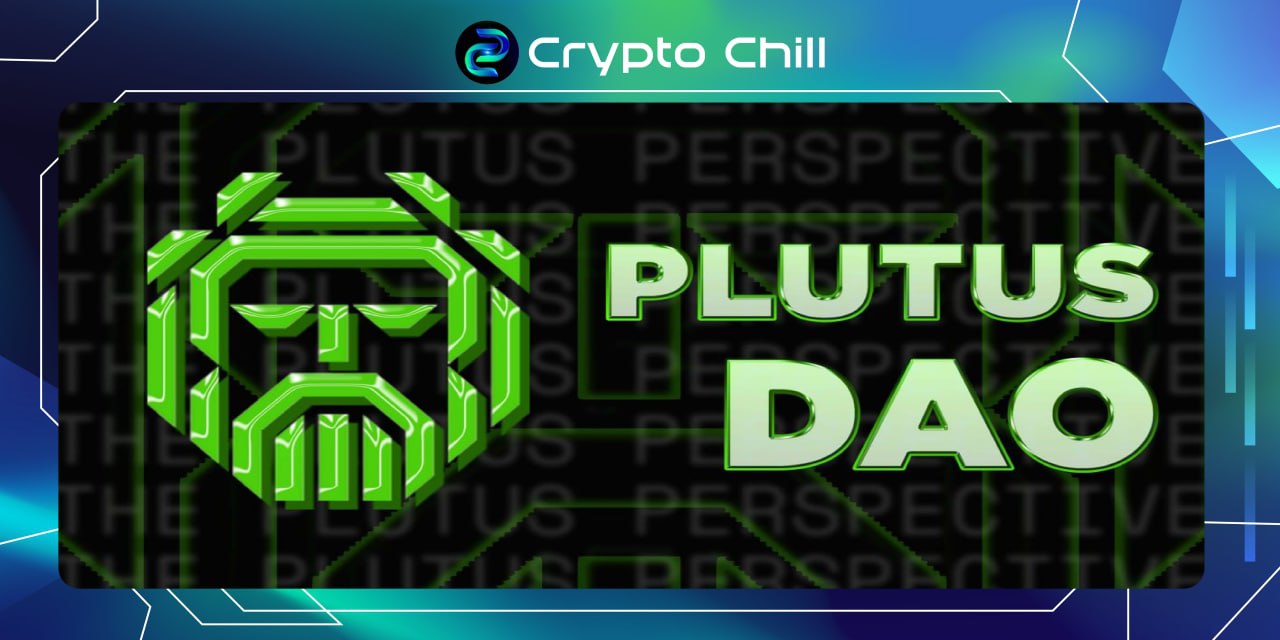
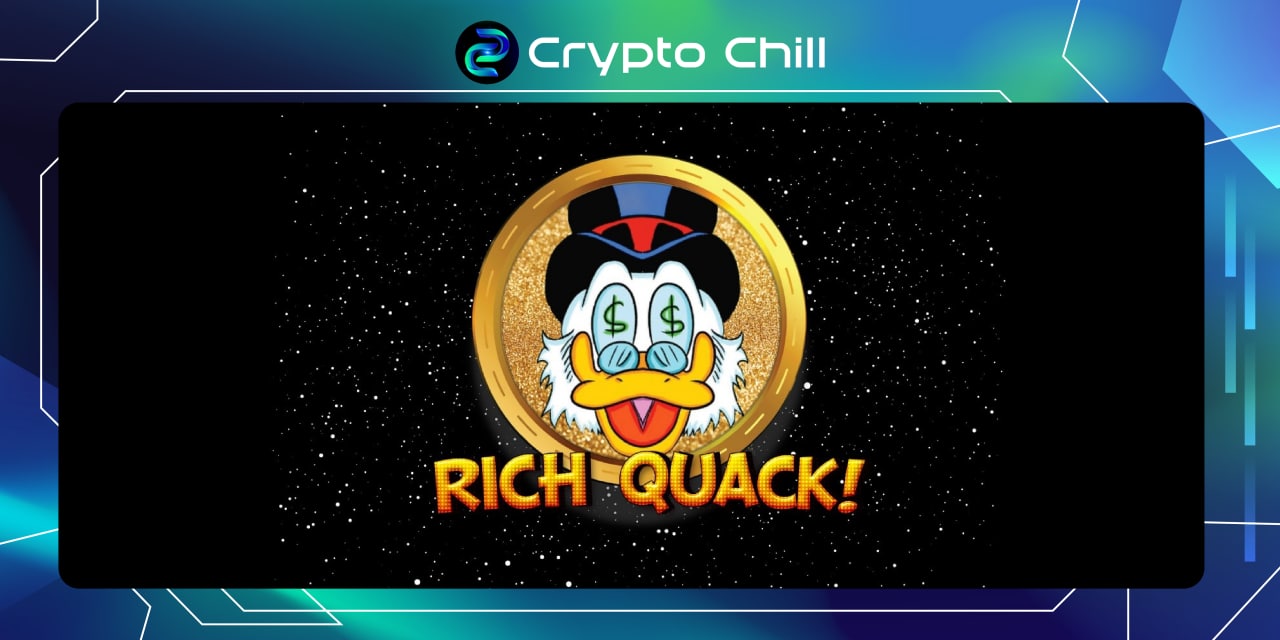
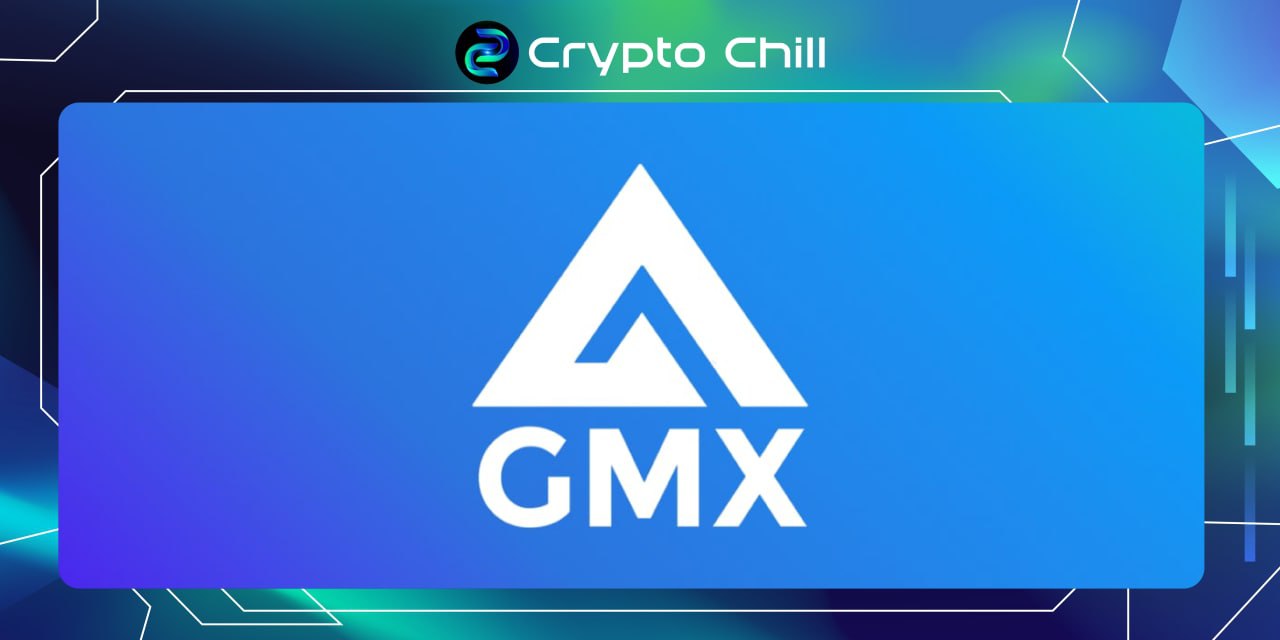

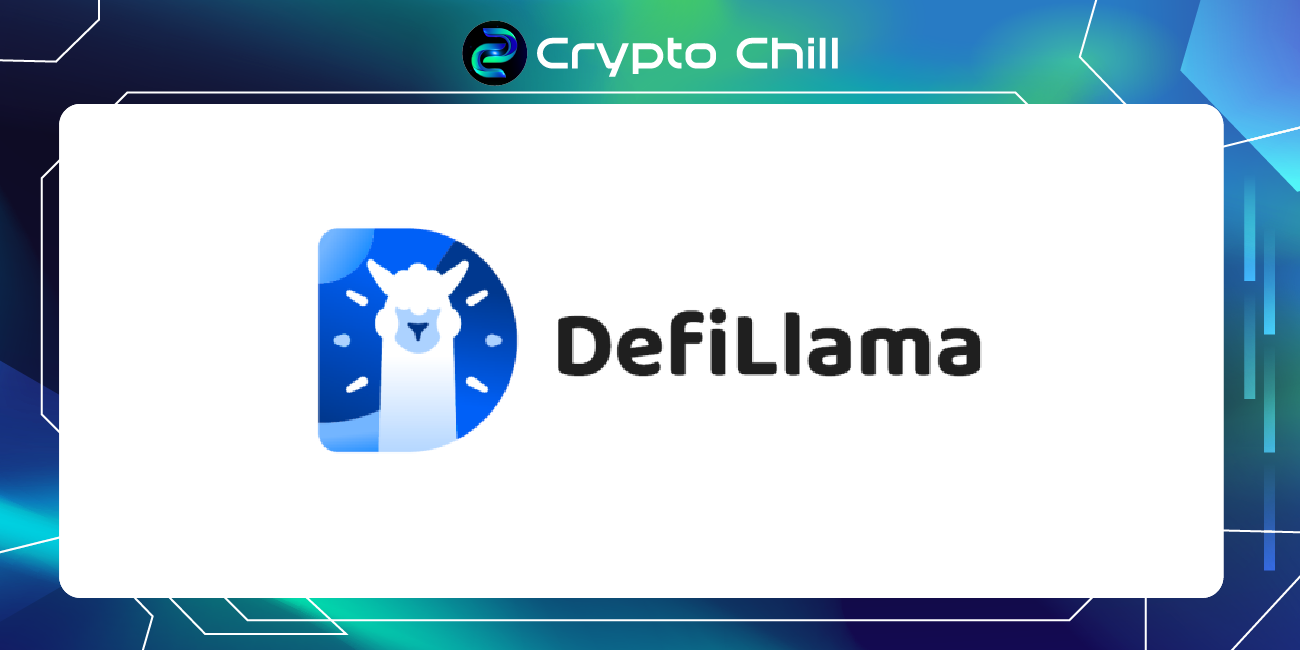
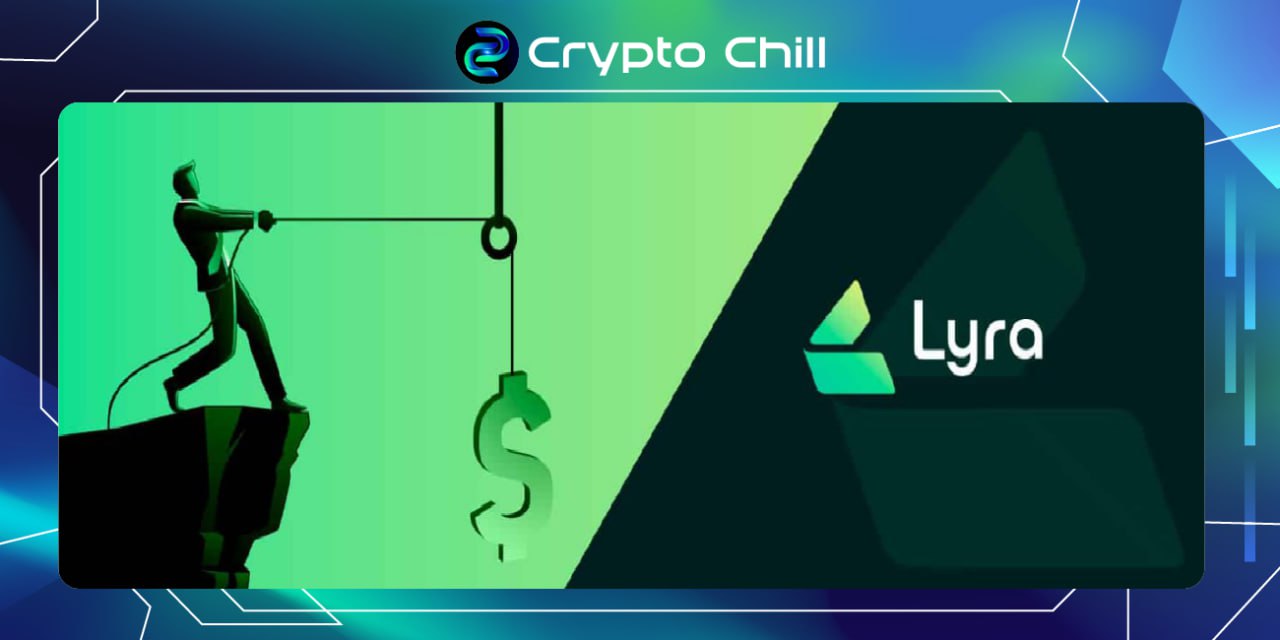

No Comment! Be the first one.